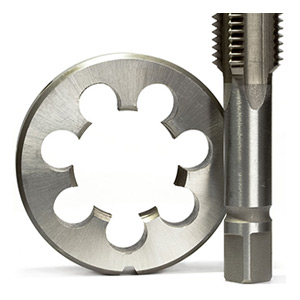
Nov . 20, 2024 01:36
Back to list
electric regulating valve
Understanding Electric Regulating Valves Functionality and Applications
Electric regulating valves are essential components in various industrial applications, enabling precise control over fluid flow and maintaining optimal process conditions. These valves are designed to regulate the flow of gases, liquids, or steam, providing accurate control that is crucial for the efficiency and safety of many processes.
What is an Electric Regulating Valve?
An electric regulating valve is a type of control valve that uses an electric actuator to adjust the position of the valve based on a control signal, which is typically provided by a process control system. This setup allows for remote or automated control of the valve, making it easier to maintain desired flow rates or pressure levels in a system.
The construction of electric regulating valves typically includes a body, a seat, a disc, and an actuator. The actuator converts electric signals into mechanical movement, allowing the valve to open or close partially or fully to achieve the required flow characteristics.
How Do Electric Regulating Valves Work?
The working principle behind electric regulating valves is relatively straightforward. When a control signal is received, the electric actuator moves the valve's disc in response. This movement alters the flow passage within the valve, either increasing or decreasing the flow of the medium passing through it. The actuator can be programmed to respond dynamically to changes in conditions, such as pressure drops or variations in demand, ensuring that the system operates efficiently.
Advantages of Electric Regulating Valves
1. Precision Control Electric regulating valves provide highly accurate flow control, which is essential for processes that require strict adherence to specifications. The ability to make fine adjustments allows for enhanced process optimization.
electric regulating valve

2. Automated Operation These valves can be integrated into automated systems, reducing the need for manual intervention. They can work seamlessly with SCADA (Supervisory Control and Data Acquisition) systems and other control strategies, enabling remote monitoring and operation.
3. Energy Efficiency By regulating flow and reducing wastage, electric regulating valves contribute to overall energy efficiency in industrial processes. This can lead to significant cost savings and a lower environmental impact.
4. Reduced Wear and Tear Unlike traditional pneumatic valves, electric valves do not require compressed air or gas, which can lead to wear over time. This results in lower maintenance requirements and extended service life.
Applications of Electric Regulating Valves
Electric regulating valves are widely utilized in numerous sectors. In the chemical industry, they control the flow of reactants to ensure optimal reaction conditions. In HVAC systems, they regulate airflow and temperature, enhancing comfort while improving energy efficiency. Water treatment facilities use these valves to manage dosing processes and maintain consistent water quality.
In the food and beverage industry, electric regulating valves ensure precise mixing and temperature control, which are vital for maintaining product consistency and safety. Additionally, they play a crucial role in power generation, regulating steam and cooling processes to maximize efficiency.
Conclusion
Electric regulating valves are vital for the reliable and efficient operation of various industrial systems. Their ability to provide precise control and facilitate automated processes greatly enhances operational efficiency and product quality. As industries continue to evolve and demand greater levels of precision and automation, the importance of electric regulating valves will only continue to grow, solidifying their role in modern engineering solutions.
Next:
Latest news
-
Safety Valve Spring-Loaded Design Overpressure ProtectionNewsJul.25,2025
-
Precision Voltage Regulator AC5 Accuracy Grade PerformanceNewsJul.25,2025
-
Natural Gas Pressure Regulating Skid Industrial Pipeline ApplicationsNewsJul.25,2025
-
Natural Gas Filter Stainless Steel Mesh Element DesignNewsJul.25,2025
-
Gas Pressure Regulator Valve Direct-Acting Spring-Loaded DesignNewsJul.25,2025
-
Decompression Equipment Multi-Stage Heat Exchange System DesignNewsJul.25,2025

